 |
| AP220 in brown color |
UPDATED REVIEW – October 10, 2014 – CASIO AP220 & piano is DISCONTINUED but still may be available at a couple of on-line dealers – The
Casio AP220 was a good piano in its day, but the newer “50” series is
far better and vastly upgraded in terms of realistic piano key action,
piano sound, and pedaling sustain response. If given the option of
buying the AP220 for a reduced discontinued price or buying the newer
Casio AP250 or PX750 piano for a similar price or the PX850 for a slightly higher
price, I would recommend you definitely go with the newer models. The newer upgraded Privia PX850 & AP250 digital pianos have much better piano key
action movement, better response
& expression of piano sound with much improved acoustic piano
sound
realism, more realistic damper pedaling sustain time, and upgraded
internal speaker systems.
Discontinued (no longer made) – Previous AP220 REVIEW from 2012: I recommend the Casio AP220 piano for people on a tight budget. Some piano shoppers want the lowest priced new digital cabinet piano they can find…period. People ask me “what’s the best new cabinet digital piano (something that looks like a piano) for well under $1000?” Well I have played all of them and can tell you the Casio AP220 is a good one, especially in the US market. Other top brands that I like including Roland & Kawai don’t offer a new full size cabinet piano under $1000 and Yamaha’s least expensive furniture cabinet digital piano is the YDP142 priced at $1099. The YDP142 is a very nice piano but it is also a lot more money than the Casios. The Casio AP220 is priced at only $799 internet discount and offers some very nice features.
 |
| AP220 in black color |
There is also a very important thing to know about digital pianos when looking for a low priced model that is good; there are a few “off-brands” that may look OK and even sell for less money (like Williams or Suzuki pianos), but they have cheap electronics and keyboards and don’t play well at all. It would be better to save your money than to buy one of those brands (take my word for it). So just because it might look good does not mean it plays good. If the piano you want needs to be under $1000 and it doesn’t say Yamaha, Casio, Roland, Kawai, or Korg…forget about it.
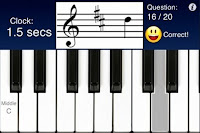 Basically, Casio “owns” the low price piano market with their low priced pianos. There are a few other lower priced digital cabinet pianos out there sold under the names of Williams, Benjamin Adams, Adagio, and Suzuki but I advise staying away from those pianos for various reasons (you can read about them in my other blog articles here). The AP220 has a fairly nice hammer weighted and graded piano action, good tone for its price using 128-note polyphony memory to produce a piano-like sound, it has an attractive cabinet, it works well, and has lots of cool features including USB to computer or iPad connection. If you have an iPad/tablet device, the music educational and composition apps that are available right now are super cool and make playing music even more exciting (upper left pics). The AP220 has 16 instrument tones (incl pianos) as opposed to some lower priced Yamaha’s with only 10 sounds. The AP220 has 16 watts of audio power and some of the Yamaha’s have 12 watts. The Casio’s keyboard touch action is improved over older models and feels pretty good although the new AP250 is much better. The Yamaha’s key touch (GHS) is their basic lighter weight GHS key action and it can be a bit noisy too (I’ve played it many times and have experienced that).
Basically, Casio “owns” the low price piano market with their low priced pianos. There are a few other lower priced digital cabinet pianos out there sold under the names of Williams, Benjamin Adams, Adagio, and Suzuki but I advise staying away from those pianos for various reasons (you can read about them in my other blog articles here). The AP220 has a fairly nice hammer weighted and graded piano action, good tone for its price using 128-note polyphony memory to produce a piano-like sound, it has an attractive cabinet, it works well, and has lots of cool features including USB to computer or iPad connection. If you have an iPad/tablet device, the music educational and composition apps that are available right now are super cool and make playing music even more exciting (upper left pics). The AP220 has 16 instrument tones (incl pianos) as opposed to some lower priced Yamaha’s with only 10 sounds. The AP220 has 16 watts of audio power and some of the Yamaha’s have 12 watts. The Casio’s keyboard touch action is improved over older models and feels pretty good although the new AP250 is much better. The Yamaha’s key touch (GHS) is their basic lighter weight GHS key action and it can be a bit noisy too (I’ve played it many times and have experienced that).
So here’s the bottom line; if you are a beginning piano student or a parent of one, or you are just on a tight budget, then the AP220 may be a good piano choice for you. I have written some detailed blog reviews of the Casio PX750 & PX850 along with the AP250, so please
click on the the links below to find out more about these impressive
pianos:)
| Casio PX850 |
Casio PX750 review
Casio PX850 review
Casio AP250 review
If you want more info on these and other pianos and lower prices than internet discounts, please email me at tim@azpianowholesale.com or call me at 602-571-1864
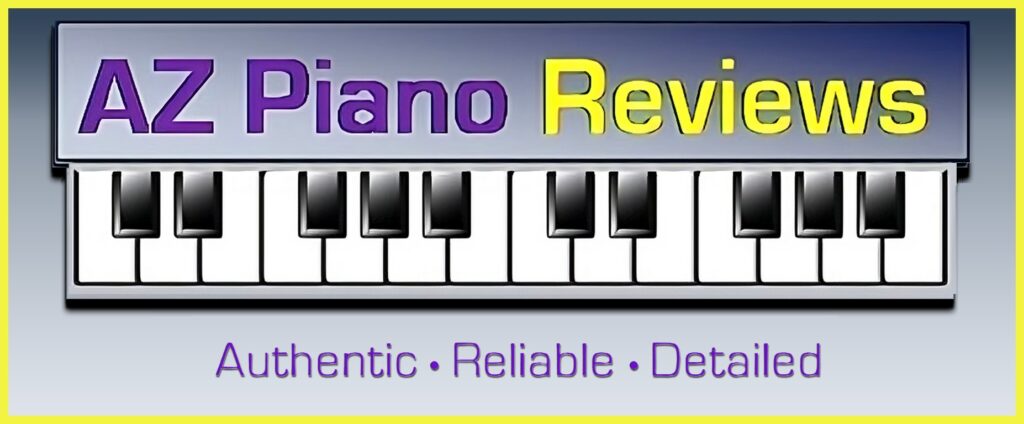



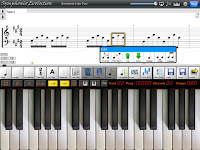


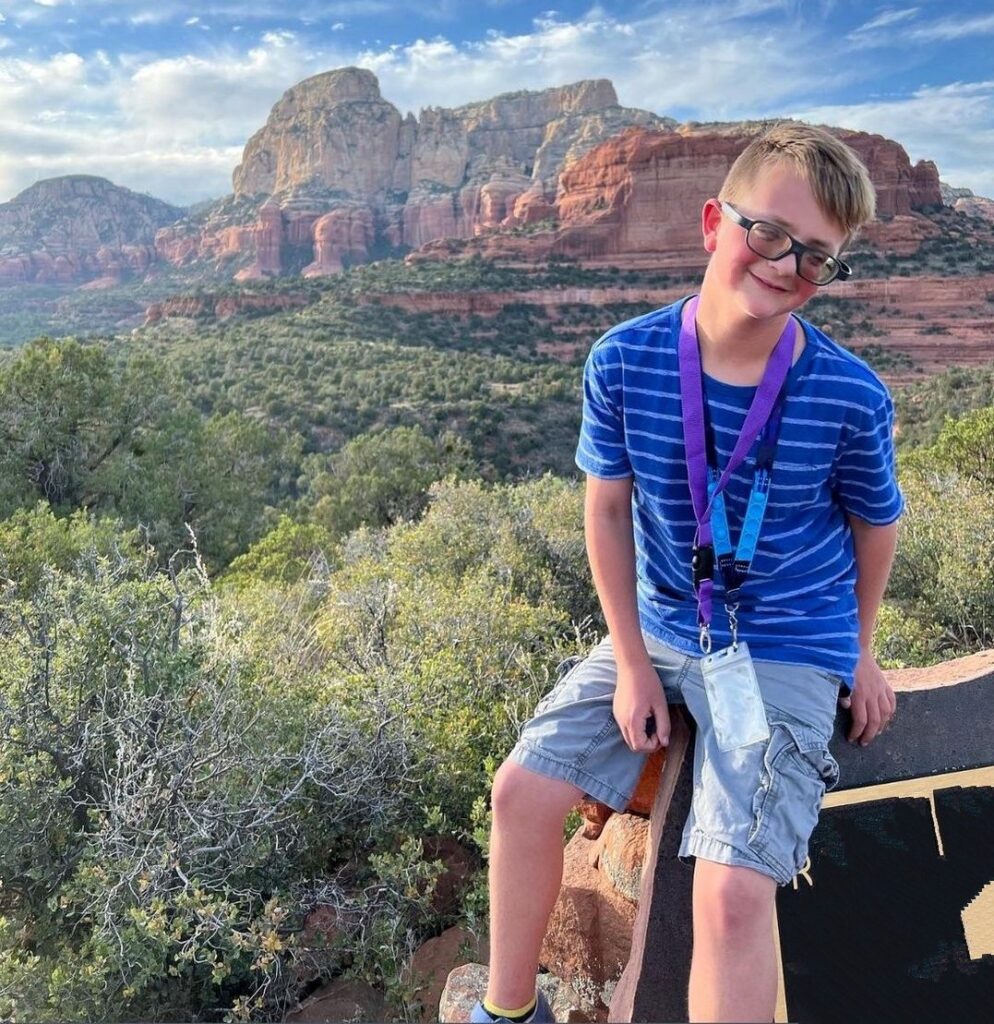
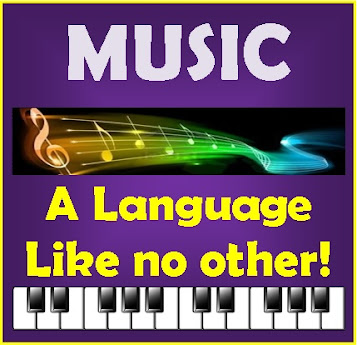
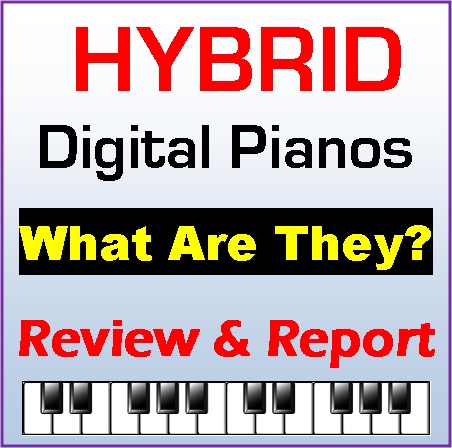
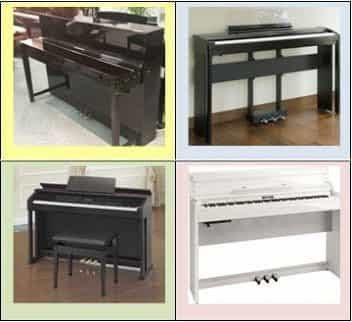
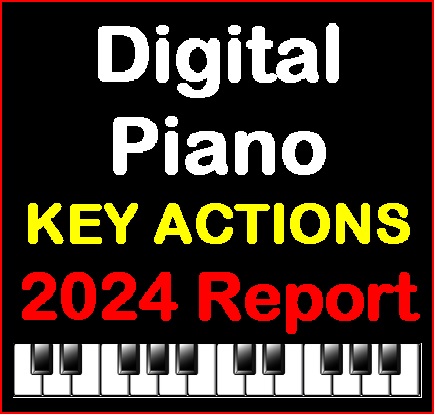
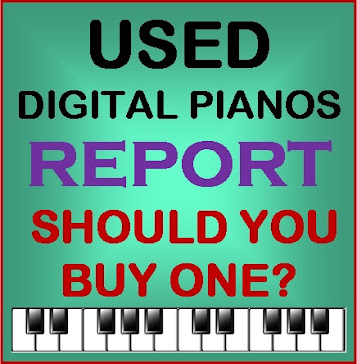
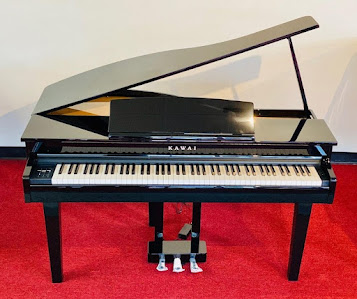
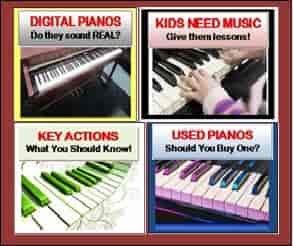
Thank you very much…your blog was very helpful, its great to have some people like you that are helpling with they`re advice…
Looking for a piano for my wife (she wants restarting playing the piano) and for my 7 years old daugther, I focused on the Casio piano. After reading you valuable suggestions and taking into account the budget, I would like to know your suggestions in comparing the Celviano AP 220 and the Privia 330 (with stand and pedals). Here in Europe they cost almost the same. I'm intrested more on the piano sound and keyboard quality than additional features.
Thanks a lot for your valuable blog !
Andrea
Hi Andrea,
The PX330 & AP220 have the same key action and touch and the same piano sound. The advantage to the AP220 is the full size cabinet which includes pedals & bench as well as the sliding key cover. The cost of the AP220 is about the same as the 330 (as you say) if you get the optional 330 stand, pedals, and bench. The 330 has more functions and the SD card recording and playback capabilities are very useful. Also the PX330 has 4 speakers as opposed to 2 main speakers on the AP220 and the 330 is obviously more portable to move. The speakers on the 220 face downward (underneath the piano) instead of upward on the 330. I like the fact that the 220 looks better and has the built in key cover with matching bench. Either model will be fine for your family.
Best regards, Tim
Tim
Thanks a lot for you comments. Just a clarification: according to your experience, are speakers facing downward better to facing upwards? Have you also experienced if 4 speakers are really better than just two?
Best Regards
Andrea
The 2 additional speakers are small ones which are inside the piano just above the keyboard facing the player . This helps with adding to the high frequency of the instrument tones. Two speakers facing down is actually good and can create a louder, bigger tone because the sound hits the floor and comes back up as opposed to just going up and out.
Hey! I would like to know if this Celviano model holds the "half-pedal" feature for the damper pedal.
There's a lot of controversy over the internet. Some sites say it does have that feature, while other just don't talk about it at all.
Casio's official website from U.S.A. just doesn't say anything about it on any model. In my country Casio's website, it's mentioned only on every other models, including the Privia Series.
So, is there half pedal on the AP-220 or not? I would assume there is, bacause even the simplest model (PX130) does… but I'm not totally confident on this.
Thank you in advance. ^^
All current model Casio digital pianos have identical pedal electronics and they all offer half-pedaling.
Hi Tim,
are you really sure that the pedal electronics is the same for all Casio digital pianos thus offering half-pedaling for all of them?
Because in the technical comparison matrix as well as in the specific technical specifications and the manuals of each digital piano, CASIO clearly indicates to NOT supporting half pedaling for the AP-220 (also not for AP-200, AP-400, AP-500 of the older line-up) but it it clearly indicating the support of the other new DP's and also the flagship AP-6BP of the old line-up.
Normally it makes no sense from manufacturing cost perspective to just leaving out one of the pianos, but it could have marketing reasons to distinguish the pianos not only by electronic features but also essential piano sound function (or they just use the older pedal electronics from the old line-up for the AP-220).
Of course marketing trick could also be that the half pedaling is there but they do not publish this in the specification, thus no customer knows it for sure.
By the way, how important do you think the half-pedalling is for the realistic piano playing?
Thanks a very lot in advance! Best regards from Germany/Europe,
Werner
The AP220 does have the half-pedaling just as all the other current Casio pianos do. Half pedaling is very important to simulate the damper pedal response on an acoustic piano. I do not recommend any digital pianos without that feature.
Hello, looking at a used ap-200 and wondering about the life expectancy of Casio digital pianos? Also, how different it is from the 220. Do you find the 200 as favorable as the 220? Are the differences in the newer models enough to just stay clear of older models?
Thanks for the info & blog!
Hello! I was wandering if you could give me an advice. I have to choose between a new Casio CDP-S100 and a used Celviano AP 220. Which should I go for? Thanks!
The S100 is bottom line portable piano. The old model AP220 is full cabinet piano. Difficult to compare such different pianos. If the older AP220 is working good and is a low price then I would likely choose that one.